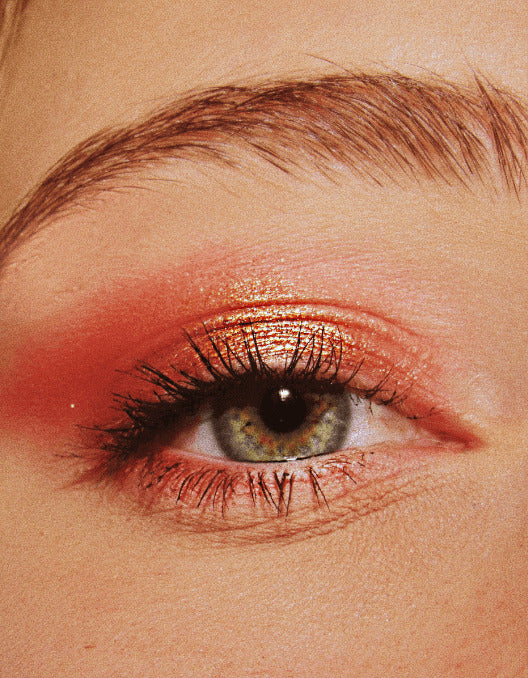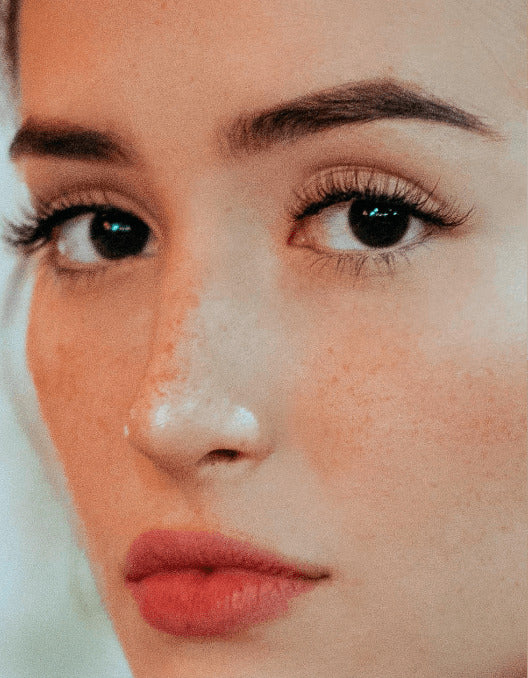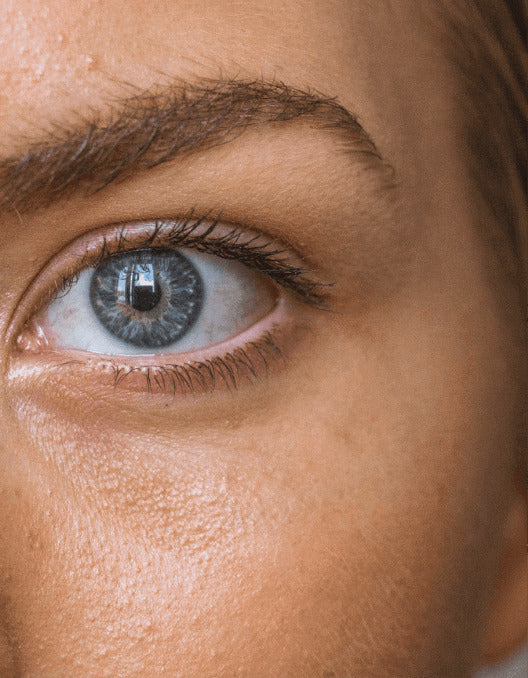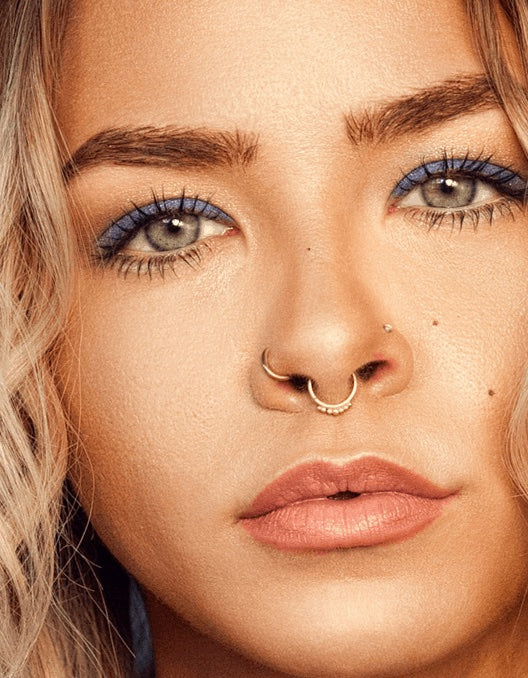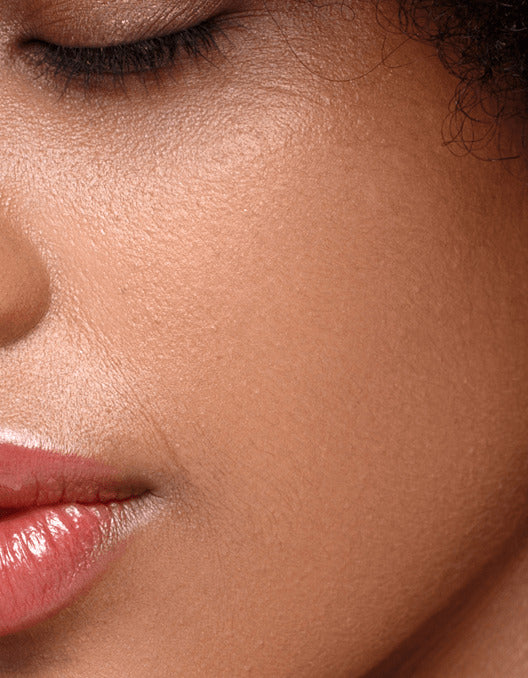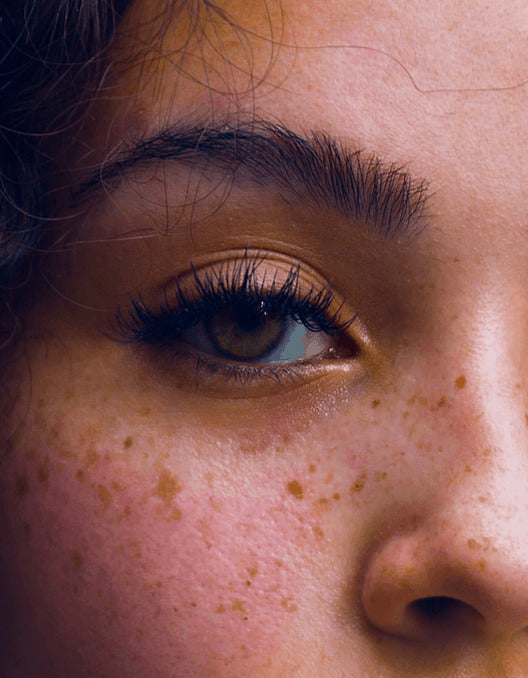
Baljeet K. Purewal, MD
Board-certified Oculo-facial Plastic Surgeon
A Fresh Take on Aging
Cosmetic Eyelid Surgery + Facial Rejuvenation
Tell me MoreCall 973.635.4000 to schedule your consultation.
A new formula for beauty: fresher brighter, youthful.
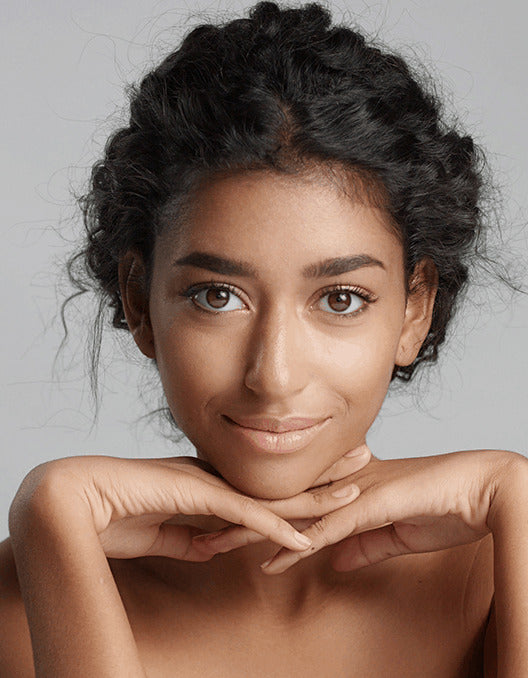
Twenties
Get glowing skin with treatments designed to hydrate, brighten, and improve skin texture. The best time to start is now.
See packagesabout Twenties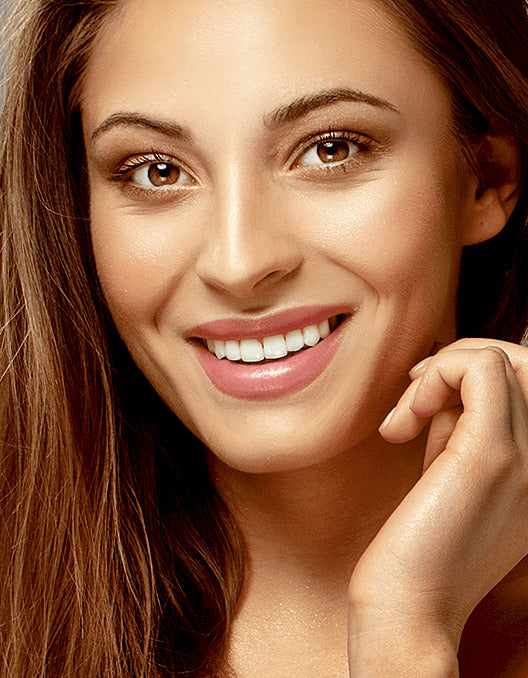
Thirties
Lift, brighten and refresh for results your eye cream can only dream of. Revive skin that’s lost its elasticity and get your glow back.
See Packagesabout Thirties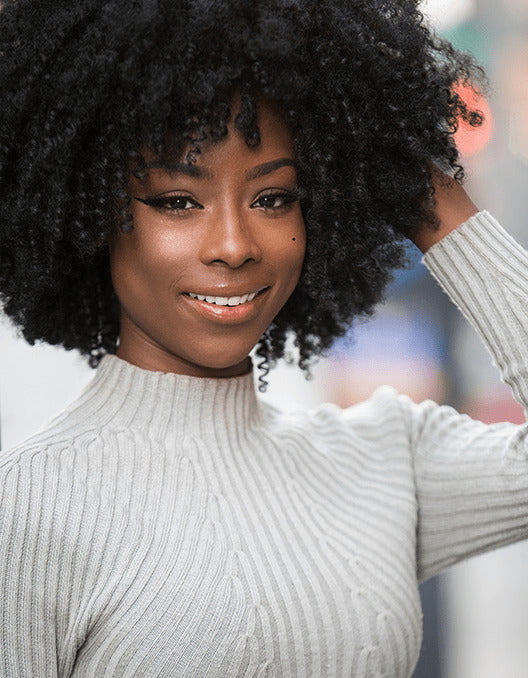
Forties
Tighten, boost and brighten to create volume and minimize fine lines and wrinkles. Put your freshest face forward
See packagesabout Forties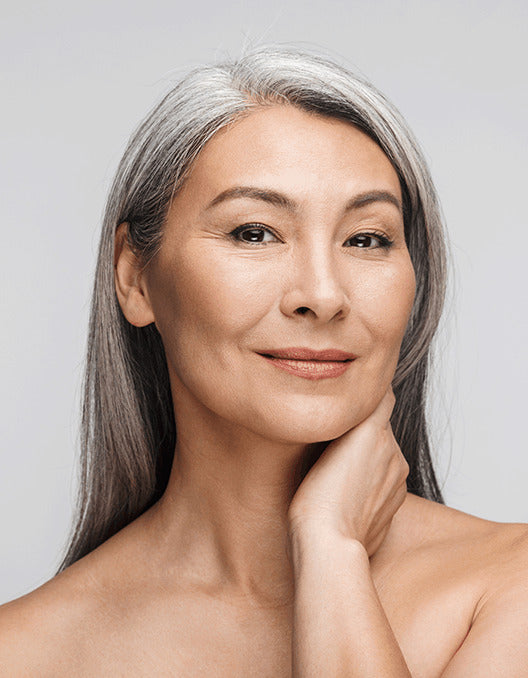
Fifties up
Lift, smooth and refresh for tighter, brighter skin and highlighted features. Look as good as you feel.
See packagesabout Fifties upA Fresh Approach
At Fresh Face and Eye, we make it easy to navigate the often overwhelming anti-aging space.
With so many products and treatments, it can feel impossible to know what actually works, and most importantly, what will work for you.
We don’t believe in a one-size-fits-all approach. Instead, you’ll find tailored and personalized packages that get you the results you expect.
Tried, trusted, and tested treatments (including by us!) that will have you looking and feeling fresher and younger.
Cosmetic Eyelid Surgery (Blepharoplasty) in New Jersey
At Fresh Face + Eye, we dedicate ourselves to helping our clients navigate the often overwhelming landscape of anti-aging products and services.
One of the main focuses of our practice is cosmetic eyelid surgery, also known as blepharoplasty. Patients usually complain of heaviness of their eyelids, looking tired or under eye bags.
A blepharoplasty can correct the excess eyelid skin and brighten the eyes with a more youthful, refreshed appearance.
Cosmetic Eyelid Surgery for Youthful Results
Eyelid surgery is a common anti-aging procedure performed to create a more youthful appearance around the eyes.
Why does eyelid surgery offer such powerful, rejuvenating results? As you age, your eyelids start to sag. Sagging eyelids tend to be puffy, making you look older and fatigued rather than young and fresh. This surgery targets your sagging eyelids to give your face an overall refreshed appearance.
A look at our Before & Afters
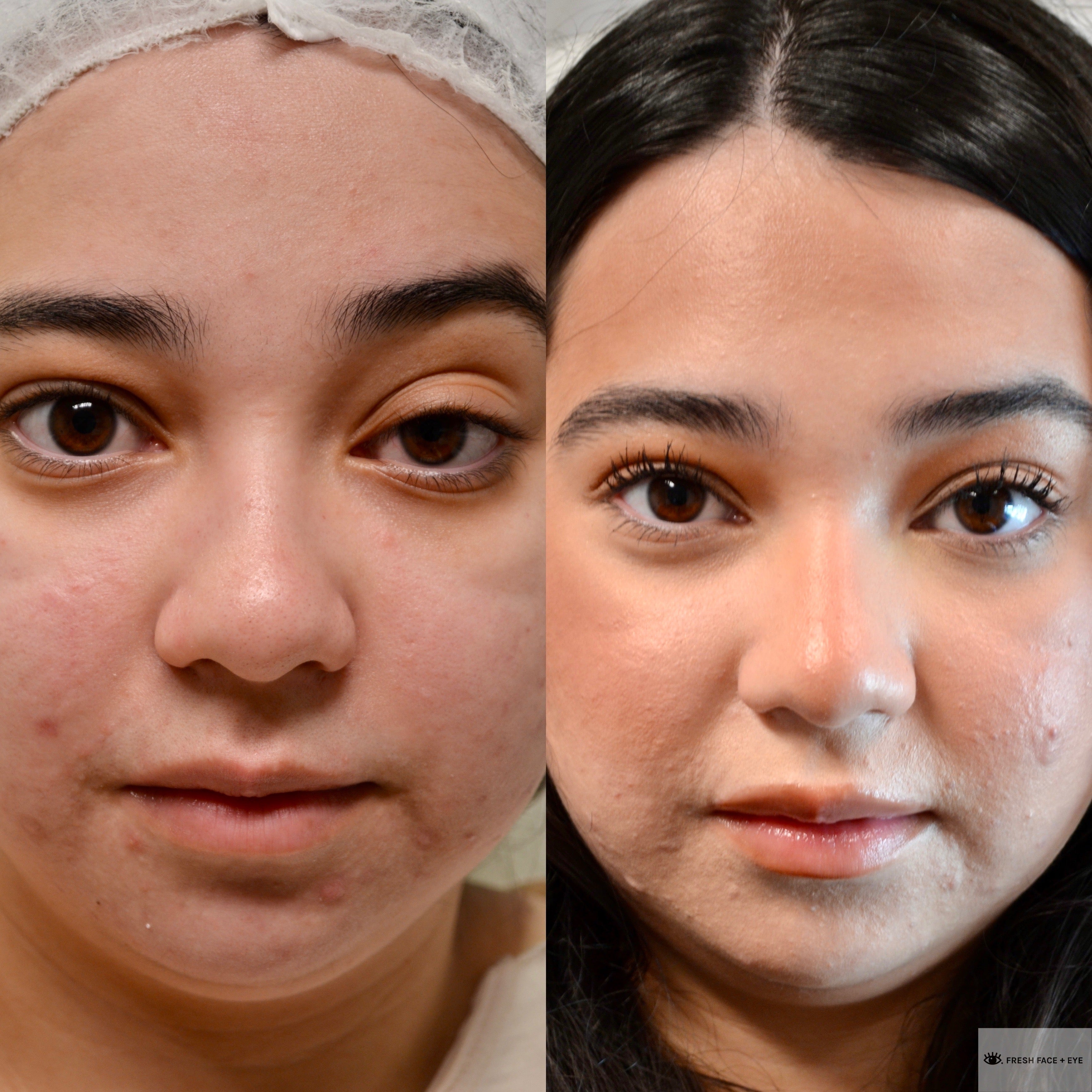
Ptosis Repair
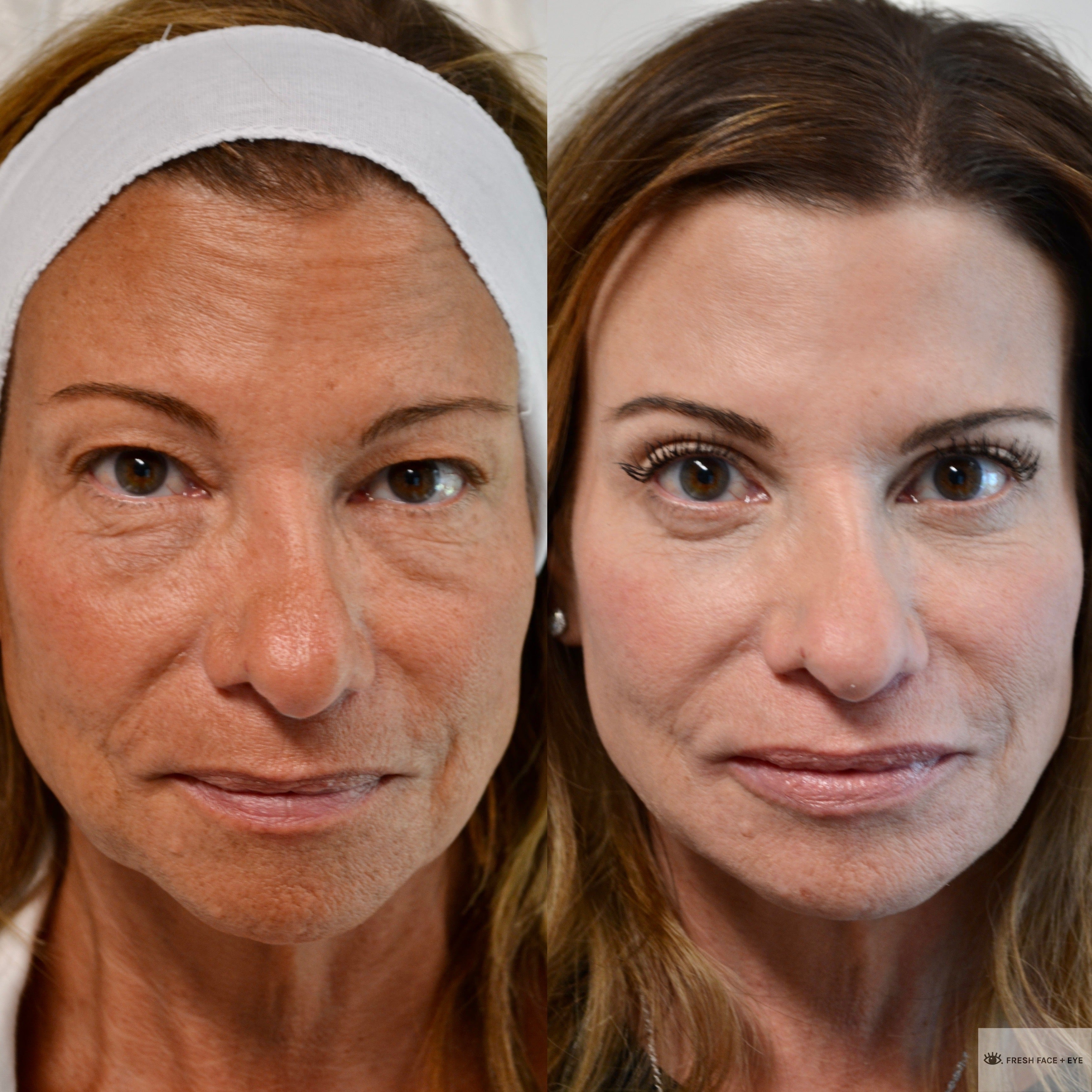
HALO LASER Treatment
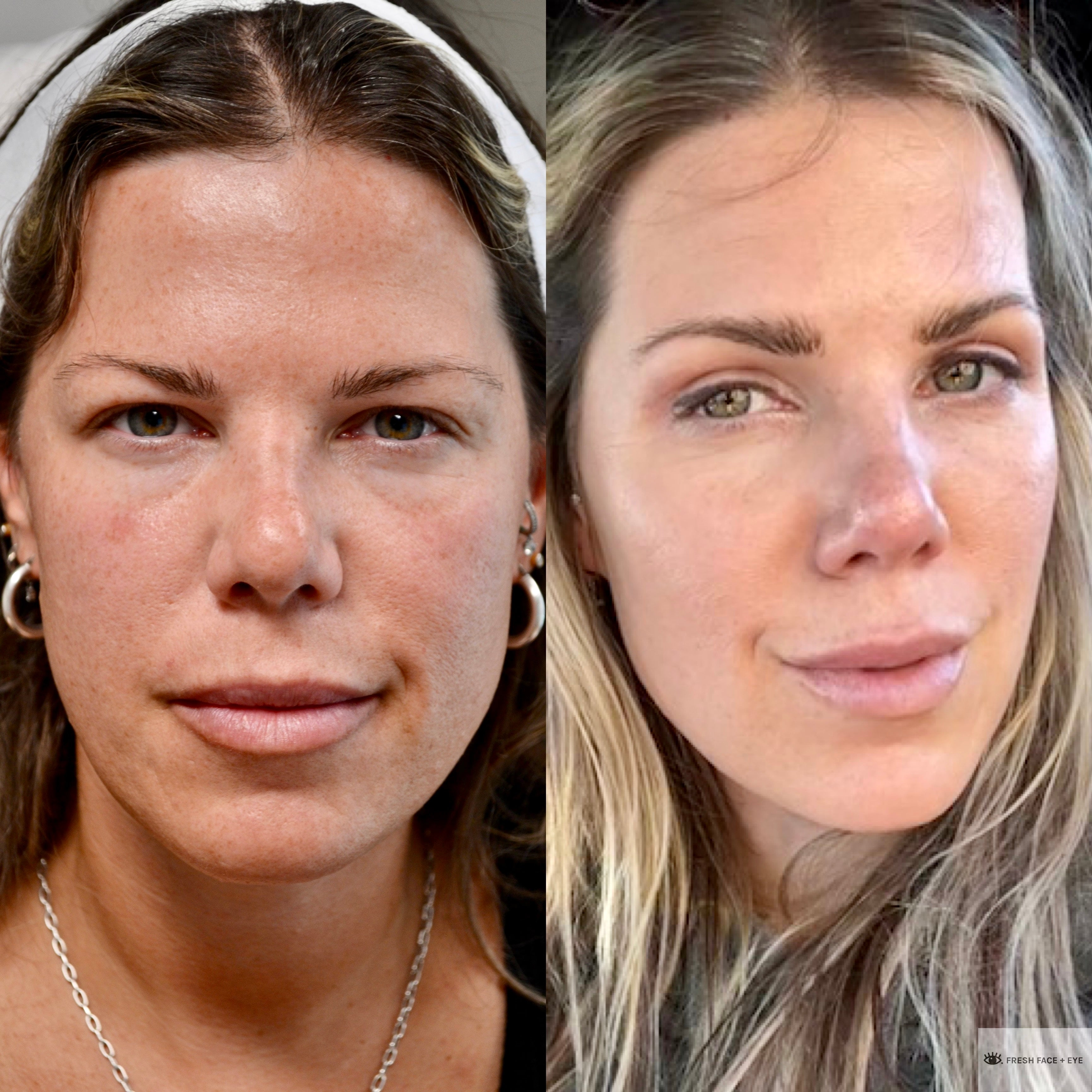
Upper Eyelid Surgery
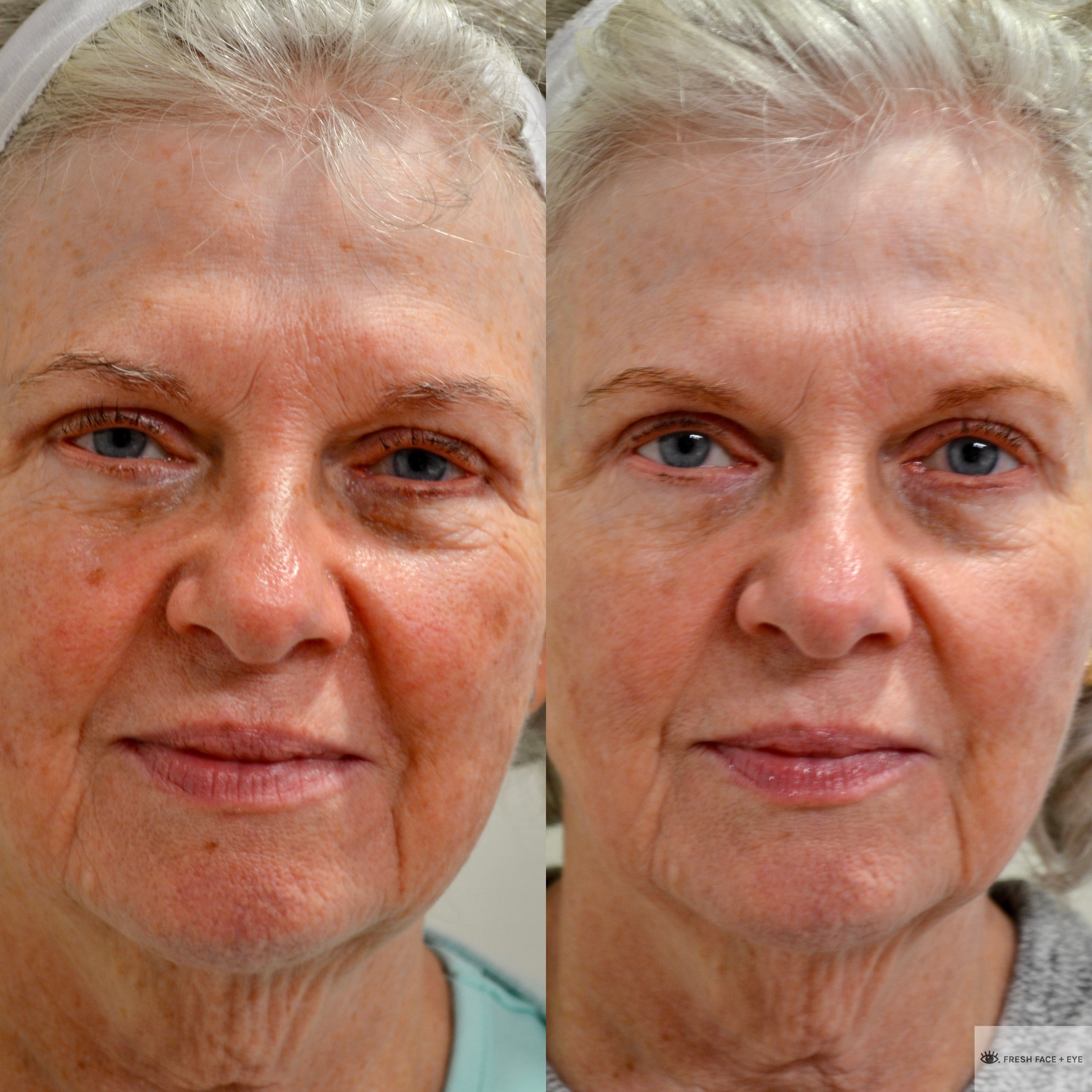
Broadband Light (BBL) Photofacial
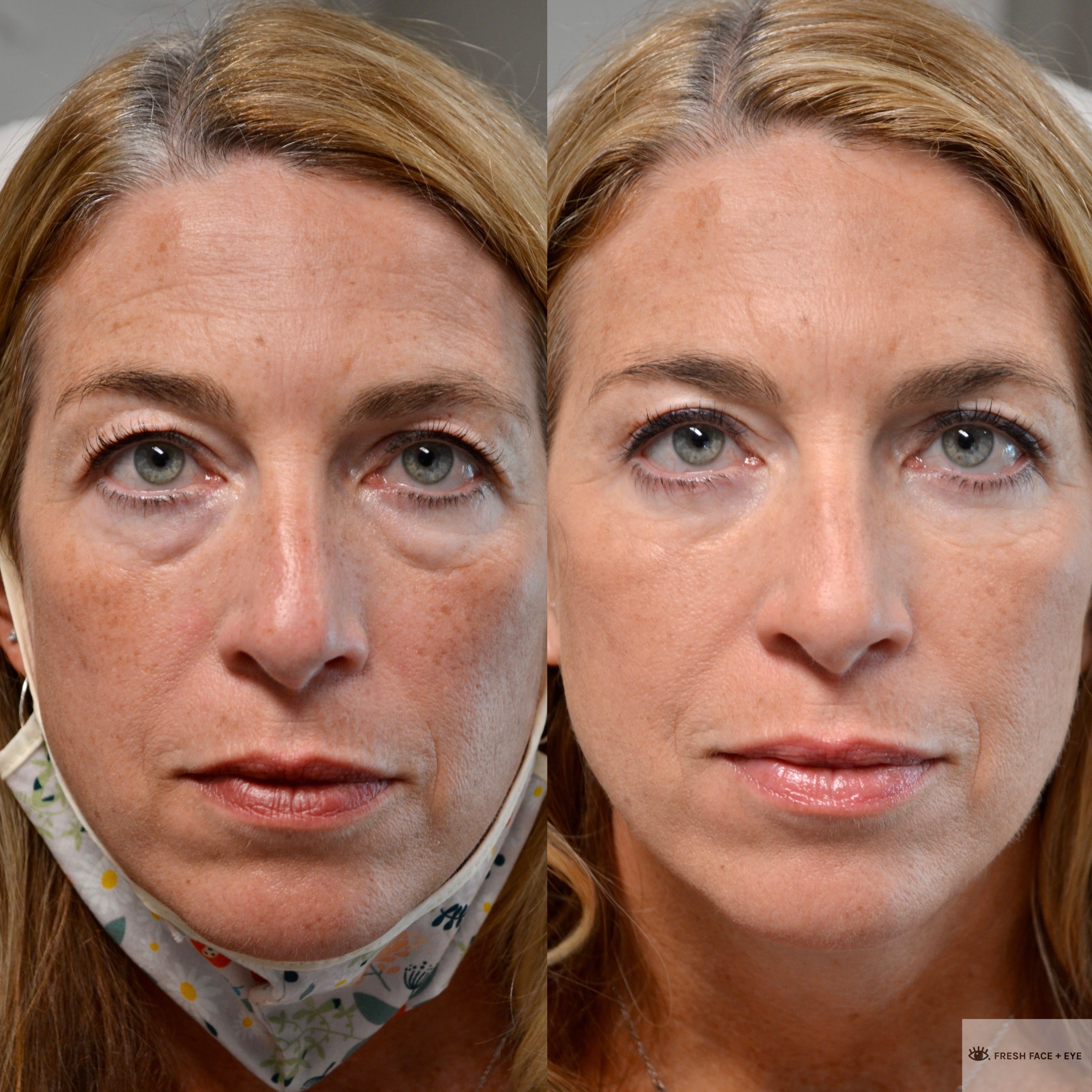
Eyelid Surgery
Frequently Asked Questions
Your skin is a complex organ made up of many nutrients and proteins. These substances determine whether it looks youthful and glowing or dull and wrinkled.
Two of these proteins in your skin are collagen and elastin.
Elastin
Elastin is a stretchy protein your body naturally creates. It is a major component of the organs and tissues in your body that require flexibility in order to function, such as your bladder, lungs, and large blood vessels.
The amount of elastin proteins in your skin decreases as you age, which is why older skin doesn’t have the same ability to bounce back as younger skin does. This effect contributes to your eyelids sagging as you get older.
Collagen
Collagen and elastin are often confused with each other, but they are different proteins with distinct functions. For example, elastin is around 1000 times stretchier than collagen. It also doesn’t factor into wound healing to the same degree collagen does.
Collagen is one of the main proteins in your body, and it serves as one of the foundational building blocks for your skin, hair, muscles, and bones. It keeps your skin firm and strong instead of weak and saggy.
Just like with elastin, the amount of collagen in your body decreases with age, which is why the older you get, the more you’re prone to developing lines and wrinkles.
Fixing Saggy Eyes
There are non-surgical methods that can help improve the appearance of saggy eyes, but once the extra skin is there, it won’t go away — not without the help of surgical options like eyelid surgery.
Cosmetic eyelid surgery, or blepharoplasty, removes extra skin from around the eyelids. It can target both the top and bottom lids.
Blepharoplasty isn’t just beneficial from a cosmetic perspective; it can also improve your visual field. If your sagging skin is severe, you might experience reduced peripheral vision. By removing the excess skin, eyelid surgery can widen your field of vision.
Cosmetic eyelid surgery may be an option for you if you’re experiencing:
- Droopy or baggy upper eyelids
- Excess skin on your upper eyelids that impairs your peripheral vision
- Excess skin on your lower eyelids that gives you a tired, puffy appearance
- Bags under your eyes
Some patients have this anti-aging surgery performed independently, while others schedule blepharoplasty along with other procedures, such as a face-lift or brow lift.
Before scheduling cosmetic surgery at Fresh Face + Eye, you’ll have a consultation with our board-certified oculoplastics surgeon, Dr. Baljeet Purewal, whose specialization is cosmetic eyelid surgery.
During this consultation, you’ll discuss your medical history, including:
- Any previous surgeries
- Current or past medical conditions, like glaucoma, thyroid problems, or diabetes
- Any current medications you’re taking
- Tobacco and alcohol intake
The consultation also serves as an opportunity to discuss your cosmetic goals. What do you want out of the surgery? How do you want your eyelids to look after recovery?
This discussion with your surgeon helps create realistic expectations and provides you with your desired results.
Before Surgery
Although every patient is different, you’ll likely need the following before surgery:
- A physical exam to ensure you’re in good health
- A complete examination, which allows us to measure your eyelids
- Eyelid photography to help plan the surgery
If you smoke or use other nicotine products, we’ll ask you to quit several weeks prior to your procedure. Smoking reduces your ability to heal and recover from surgery.
We may also ask you to stop taking certain medications or supplements that may increase bleeding.
Additionally, you’ll want to bring someone who can drive you home from surgery. It’s also a good idea to have someone stay with you for a day or two while you recover.
Although every patient has a unique journey with surgery, there are a few steps you can expect.
Before the Procedure
Cosmetic eyelid surgery is usually an outpatient procedure, which means that you do not spend the night in a clinic or hospital
Before the procedure, we may give you medications to help you relax. You will also receive injections into your eyelids to help numb them to increase your comfort.
During Surgery
For cosmetic surgery on the upper eyelids, Dr. Purewal cuts along the fold of the eyelid in order to remove excess skin, muscle, and in some cases, fat. Depending on your facial structure and cosmetic goals, Dr. Purewal may tighten your skin and in alignment with your desired results.
Once Dr. Purewal finishes removing excess material and repositioning the skin and fat around your upper eyes, she closes the incision.
For surgery on your lower lids, such as removing puffy bags, Dr. Purewal makes a small cut right below your lashes or inside your lower lid. Like with the upper eyelid, Dr. Purewal removes excess material and may redistribute skin and fat.
The surgery may take one to three hours, depending on whether you’re having the procedure on both the upper and lower eyelids or are having any additional work done.
After the Procedure
Immediately after surgery, our staff will monitor your recovery. After surgery you may experience:
- Watery eyes
- Blurred vision
- Light sensitivity
These are typical, temporary effects of eyelid surgery. The watery eyes are from lubricating ointment applied to the skin around your eyes for a soothing effect. Blurred vision and light sensitivity are normal parts of recovery as well.
If you have any concerns about symptoms you’re experiencing, make sure to voice them to our team.
Here are some Dos and Don’ts to follow after surgery to have a successful recovery:
Do:
Do follow your surgeon’s instructions. Every person will have a different experience with surgery, and your doctor will offer recovery instructions tailored to you.
These instructions may include:
- Using ice packs on your eyes for a specified period to help soothe the treated area
- Using prescribed ointments or eye drops
- Sleeping with your head elevated
- Wearing dark sunglasses to protect your eyes and the skin around them
- Taking over-the-counter medications to increase your comfort during recovery
Whatever instructions we give you post-surgery, make sure to follow them.
Don’t:
Don’t do any strenuous activities for at least a week after surgery. Strenuous activities include:
- Aerobics
- Jogging or running
- Swimming
- Heavy lifting
If you have an exercise routine, talk to your surgeon about when you can resume your regular workouts.
Avoid smoking, rubbing your eyes, and wearing contact lenses. Ask your surgeon when you can resume wearing contacts.
You’ll receive a list of medications you should avoid after surgery. Certain medications, such as aspirin and ibuprofen, can increase bleeding.
It generally takes between seven and fourteen days to recover from blepharoplasty. Once you pass that two-week mark, you’ll be able to enjoy your results.
The results of cosmetic eyelid surgery include tighter skin around your eyes, a more youthful look, a brighter and more alert appearance, and in some cases, improved vision.
Many patients report an increase in self-confidence following cosmetic eyelid surgery. We frequently hear feedback on how much younger and more rested our patients look and feel.
Eyelid Surgery Is One Piece of the Puzzle
At our practice, eyelid surgery isn’t the only anti-aging service we offer. Although blepharoplasty is our specialty, we offer many other services and procedures to help our clients achieve a more youthful, rejuvenated appearance.
Injectables
We administer injectables like Botox and dermal fillers. Both types of injectables have similar goals: reducing the appearance of fine lines and wrinkles. But they achieve these goals in different ways.
Botox
Botox is an FDA-approved medication that numbs wrinkle-causing muscles.
To understand how Botox works, try furrowing your brow. Deep lines will suddenly appear between your eyebrows. These wrinkles are sometimes called number 11 lines, and they’re caused by the contractions of muscles in your forehead.
Botox numbs these muscles, restricting their movement. This effect causes the wrinkles between your eyes to diminish, giving your forehead a smoother appearance.
We can place Botox injections to reduce wrinkles on your forehead and around your mouth and eyes.
Dermal Fillers
Dermal fillers replace volume in areas that have started to sag or thin. These injectables not only plump up your skin but also contour your face.
If you’ve started to see sagging in your cheeks, dermal fillers can add volume and sculpt the skin around your cheekbones for a younger and fuller appearance. They can also augment your lips and other areas where you want more volume.
When we inject dermal fillers into the skin, they fill in wrinkles that have developed due to lost volume. The result is fuller, smoother skin.
Facial Rejuvenation
We also offer a variety of facial rejuvenation procedures as part of your customized plan. Many times these procedures are used in conjunction with injectables.
- BBL photofacial
- Halo laser treatments
- MicroLaser and NanoLaser Peels
- Chemical peels
- Microneedling
- HydraFacial
- Dermaplaning
Skin Tightening
For those who aren’t ready for or do not prefer surgery but want to experience tighter skin around their chin, neck, and brow, we offer skin tightening in the form of Ultherapy. This is a non-invasive treatment that lifts your skin by stimulating the production of collagen.
Hair Restoration
Many of our clients want to restore their hair for a more youthful look. We offer platelet-rich fibrin (PRF) treatment, a cutting-edge way to restore hair.
PRF is a step ahead of traditional treatments like platelet-rich plasma and has proven effective for stimulating hair regrowth and reawakening dormant hair follicles.
Fresh Face + Eye
At our comprehensive clinic, we pride ourselves on helping our patients achieve their goals.
Our treatments range from eyelid surgery to non-invasive treatments.
Contact us today to schedule a consultation with Dr. Baljeet Purewal and take the first step towards looking as good as you deserve and feel.

